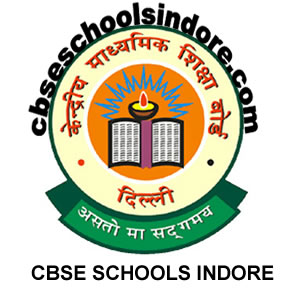Tackling education problem in India

Education is an essential tool for self-defence in a society where social interactions include the written media. An illiterate person is significantly less equipped to defend herself in court, to obtain a bank loan, to enforce inheritance rights, to take advantage of new technology, to compete for secure employment, to get onto the right bus, to take part in political activity – in short, to participate successfully in the modern economy and society.
On a recent a trip to Asia, Bob Herbert saw an incredible effort in India around education reform focused on bringing post high-school graduates into the 21st century knowledge economy. It is quite a contrast to the state of US education reform as described in a recent Bob Herbert column, in which he interviewed Bill and Melinda Gates, who are investing billions in education reform.
Like the U.S., India faces a daunting education challenge — they need to make enormous improvements, immediately, in educating and training a very large and diverse population, with many of its people economically disadvantaged or living at a subsistence level. India has stepped up to the task, setting up a National Skill Council (NSC) to work with the Confederation of Indian Industry. They are rapidly innovating the entire concept of vocational and, in some sense, management school, by revamping the country's institutions, curriculum, and faculty.
India's National Skill Council and the Confederation of Indian Industry believe that Polytechs — post-secondary vocational schools — are vital to the country's future. By 2022, the government wants to train 500 million people to master a variety of skills — some entirely new — for the industries of tomorrow. Many of those people have only high school educations today.
They highlighted two primary challenges: (1) revamp a severely outdated curriculum and align it with the needs of industry, and (2) upgrade the faculty, ensuring that they have the knowledge to teach the skills of tomorrow and motivating them to continuously innovate.
To address these challenges, India is putting together two initiatives, both of them examples of the new Public-Private Partnerships:
Partnership 1
The Indian government is moving the management of Polytechs to the private sector. Its rationale: industry knows exactly what they need, and knows how to manage a large institution. A radical change in governance is necessary to move forward.
The preliminary plan is that the private enterprise that takes charge of the contract will have no financial obligations but will need to make a number of commitments, including:
Involve senior management directly in the curriculum and teaching; every member of the senior team must commit 1-1/2 to 2 hours a month to lecture in the classroom
Modify curriculums to better support their own needs of tomorrow
Offer their own employees the opportunity to become students during 2% of their working hours every year
Create tighter links between faculty and industry — e.g., offer faculty training opportunities inside the company
This private sector engagement and commitment is expected to fundamentally shift the dynamics of Polytech education to the needs of tomorrow.
Partnership 2
The government also announced a program for setting up new Polytechs — not in rural areas but in industrial centers. The government will provide land and set up residence halls so students can be brought to the industrial center from the countryside to go to school. Multiple companies located in the area will be engaged in the Polytech, setting the curriculum, training their current and future employees, and building state-of-the-art facilities.
Will these two initiatives meet all the educational needs of every citizen of India? Of course not. But they are bold efforts that will carry substantial educational and economic benefit to many, with the further benefit of fueling India's burgeoning knowledge industries and boosting its international competitiveness. And they are going forward now.
We can all take a lesson from India. Washington and our local school districts recognize today's educational pitfalls. But are we really stepping back and asking what we need to do differently to address them? Or are we doing more of the same — while hoping for a different outcome?
Finding the solutions will require the creativity and involvement of more than government. Our challenge? To be focused on what 21st century students and their future employers really need, and more cognizant of every person's need for lifelong learning.
Gunjan Anand
- Reservations System in india
- Why is computer literacy mandatory
- Education Quality In India Falling
- Can educators be educated about how to educate
- Tackling education problem in India
- IT education In Schools
- Job Scenario For Graduates With IT Skills
- Public Finance Management
- Benefits And Drawback Of Online Educations
- Specialization In Management Courses








